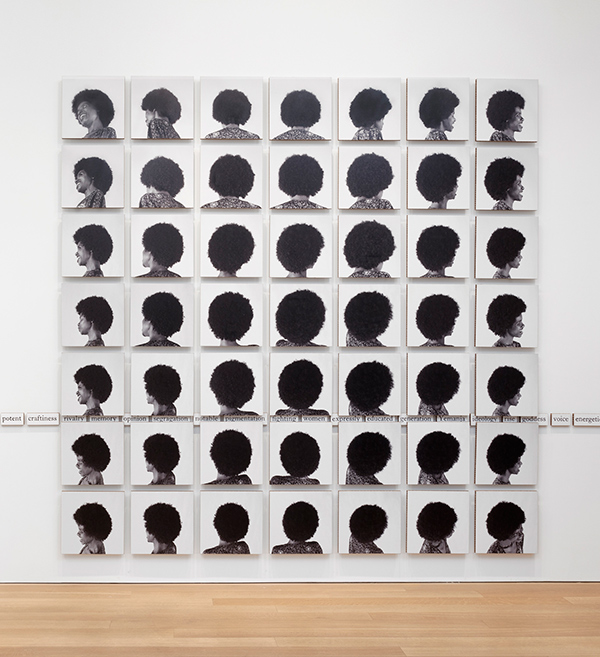Q&A with Daniel Livesay, author of Children of Uncertain Fortune: Mixed-Race Jamaicans in Britain and the Atlantic Family, 1733-1833
The Junto: A Group Blog on Early American History
2018-04-20
Christopher Jones, Visiting Assistant Professor of History
Brigham Young University, Provo, Utah

Daniel Livesay
Daniel Livesay is Associate Professor of History at Claremont McKenna College in Claremont, CA. His research focuses on questions of race, slavery, and family in the colonial Atlantic World. His first book, Children of Uncertain Fortune: Mixed-Race Jamaicans in Britain and the Atlantic Family, 1733-1833 was published in January 2018 by the University of North Carolina Press for the Omohundro Institute. Casey Schmitt reviewed it yesterday here at The Junto. Daniel’s research has been supported by an NEH postdoctoral fellowship at the Omohundro Institute of Early American History and Culture, the Fulbright Foundation, the Institute of Historical Research, and the North American Conference on British Studies, as well as number of short-term fellowships. He is currently working on a book manuscript about enslaved individuals of advanced age in Virginia and Jamaica from 1776-1865 entitled, Endless Bondage: Old Age in New World Slavery. He graciously agreed to sit down and answer a few questions about his research.
JUNTO: Congratulations on the publication of your book, and thank you for taking the time to answer a few questions about it for readers of The Junto. Let’s start with a broad question: Where did the idea for this book begin?
DANIEL LIVESAY: First off, thanks for inviting me to The Junto. I really enjoy the site, and I’m very excited to be part of it.
The idea for the book effectively landed at my feet. When I started graduate school at the University of Michigan in 2003, the Clements Library—which, as many readers know, is a stellar manuscripts archive at the University—had just purchased the papers of John Tailyour, who was a slave trader in Jamaica at the end of the eighteenth century. The library needed someone to do an initial catalog of the collection, and since I was interested in the history of slavery, I spent several months working through the papers. The collection is really a jewel of economic history because Tailyour took up so much space writing about slave trading in Kingston. But the thing I became obsessed with were his letters back to family in Britain. In particular, he was asking if his relatives could find boarding schools in England for his four mixed-race children whom he had with an enslaved woman named Polly Graham. I had certainly heard of white men manumitting their children, but I had never heard of those same men sending their offspring of color to expensive institutions in Britain. It seemed like a strange level of parental responsibility from a man who also sold thousands of Africans without the slightest hesitation. I felt that I had to know more about the motivations behind this, what the experiences of these migrants were, and what all of it meant for conceptions of race in the Atlantic World. So, I decided to write a graduate seminar paper on the Tailyour family. I went to Britain for a couple of months, found a few stray references to other migrants of color, but ultimately grew worried that it would be almost impossible to find more families who undertook the journey. I finished the seminar paper, and then put it all away thinking that I would need to find another project for my dissertation…
Read the entire interview here.








